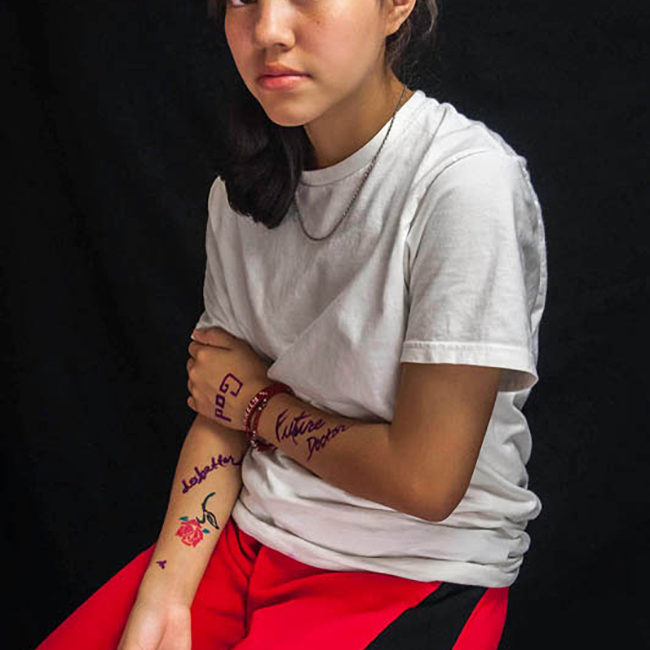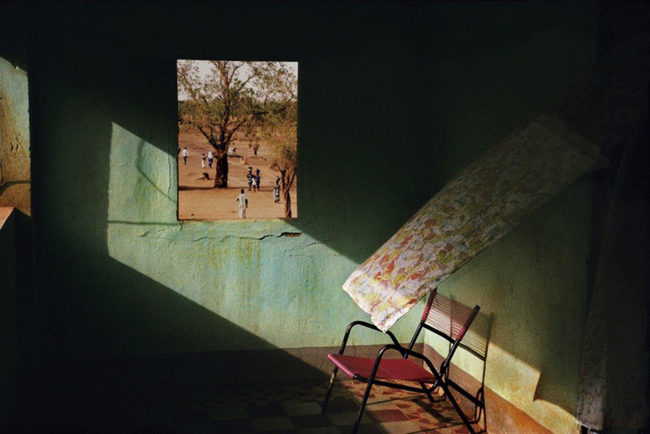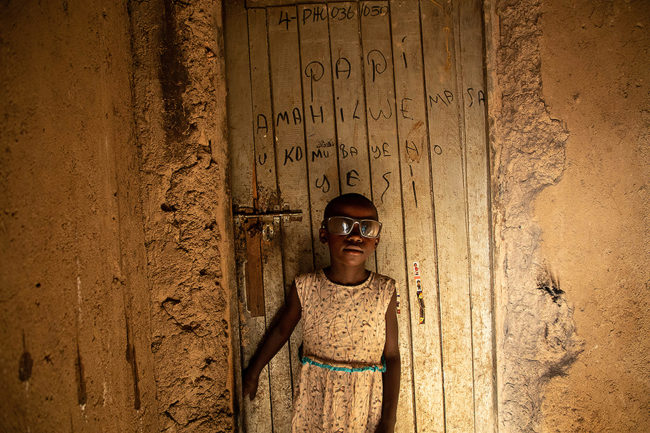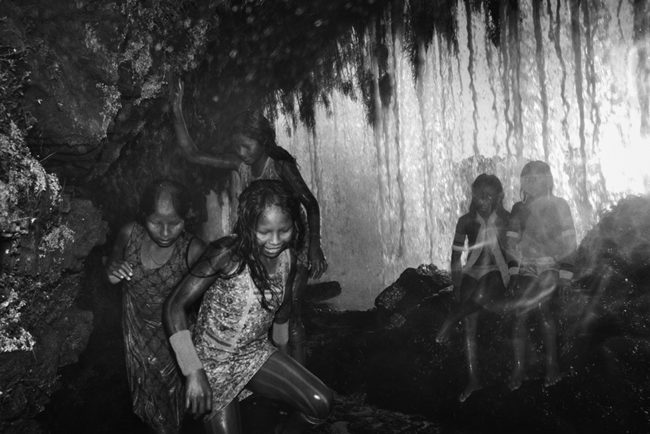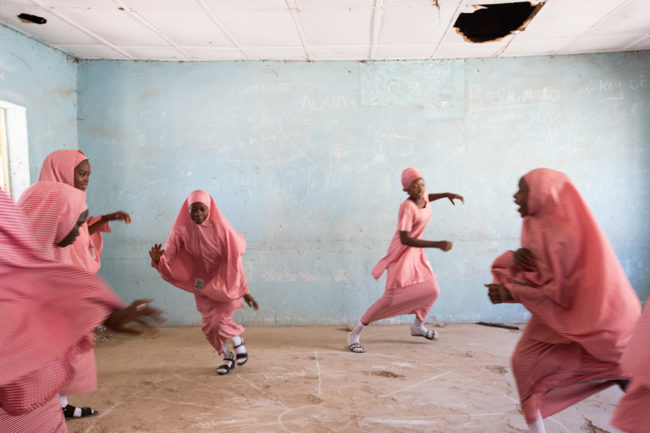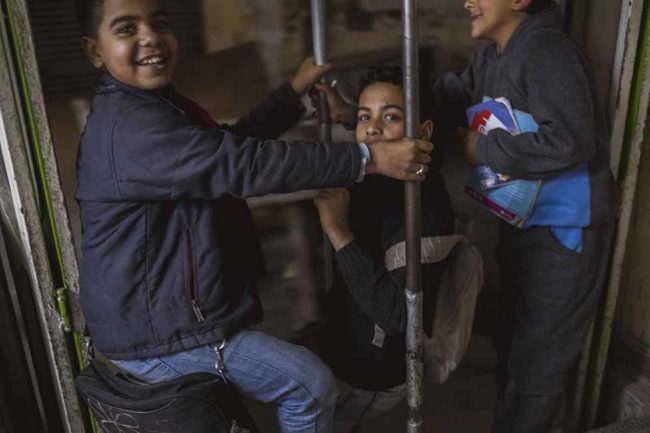The heart of Andréanna Seymore’s book Scars & Stripes: The Culture of Modern Roller Derby is not the roller skating of the game itself, but the vivid community around it. Combining images of pudding wrestling-fundraisers and locker room preparation with portraits and quotes from players around the country, the book, (published last year by Schiffer Publishing), makes roller derby look like tough, wild fun. Seymore first became interested in the sport in 2008, when she ran into an acquaintance on her way to practice (actually nearly hitting her with her car, as she recounts in the book’s introduction). “I knew immediately that I needed to photograph this,” she writes. “I thought I would work on the project for about two weeks, add some interesting shots to my portfolio, and be done with it.” Instead, Seymore started skating herself—her derby name was Point N Shoot—and documenting the world from the inside. “I wanted to be—I needed to be—on the inside of these women’s lives,” she writes, “in the locker rooms, in their homes, at their practices. I wanted to capture what those lives were like off the track and how that intersected with this mix of counterculture and extreme sport.” In the end she spent five years skating with the Long Island Roller Rebels before retiring to play recreationally.
Modern women’s roller derby began in Austin, Texas in the early 2000s, emerging from the culture that has since defined its “punk rock-DIY aesthetic (and work ethic) and…strong independent female voice,” as Suzy Hotrod writes in the book’s foreword. For Seymore the tightly knit community was a strong part of the sport’s appeal. At tournaments that attracted teams from all over, “relationships and bonds were created instantly over nothing more than their shared passion for this strange combination of counterculture and completion. It felt like a burlesque troop meets a religious revival,” she writes. And she was impressed by the diverse lives the players led.“It blew me away that, wait, you can be mom, a lawyer, a wife, a girlfriend, an executive, a minister, an Olympic athlete, and then put on fishnets and kick the tar out of people,” she writes.
The transformation of individuals into team with a shared culture has been a theme Seymore has explored in projects documenting women football players, bachelorette parties and Hamptons fundraisers. Roller derby, she writes, “spoke to the soul of something I’ve always tried to capture on film. What does identity mean? What defines us, or more specifically, how do we choose what defines us as individuals? I’m particularly fascinated by how people create communities outside of societal norms.”
The world of Scars & Stripes—full of face paint and hotpants and tattoos—is a particular moment in the development of the sport. Today there are more than 1,500 leagues around the world, and as the sport has gained popularity, the feeling among players of being part of a small, scrappy underground has diminished, along with some of the outlandish visual culture, which has been replaced by some with more traditional athletic wear. “With growth comes change and I won’t predict whether the sport will earn a spot in the Olympics or whether the grassroots-DIY spirit will fade,” writes Seymore. Whatever form the sport takes in the future, “I am lucky to have experienced roller derby first-hand in the era that I did and lucky to have been witness to that transition in time of the culture and the sport.”
Related Stories:
Urban Renewal: Photos of An Abandoned Warehouse Turned Skatepark
